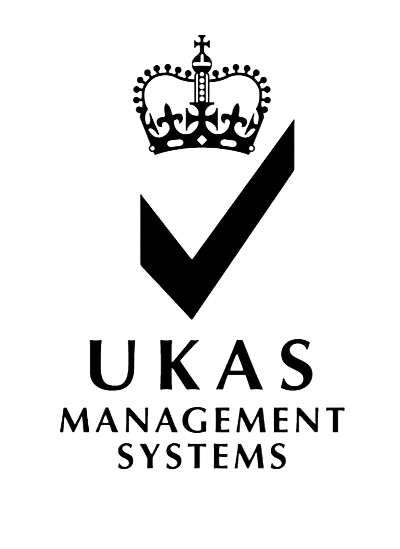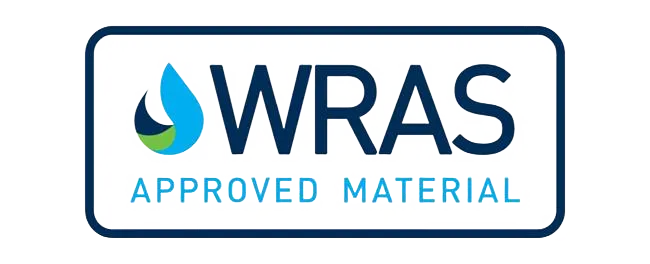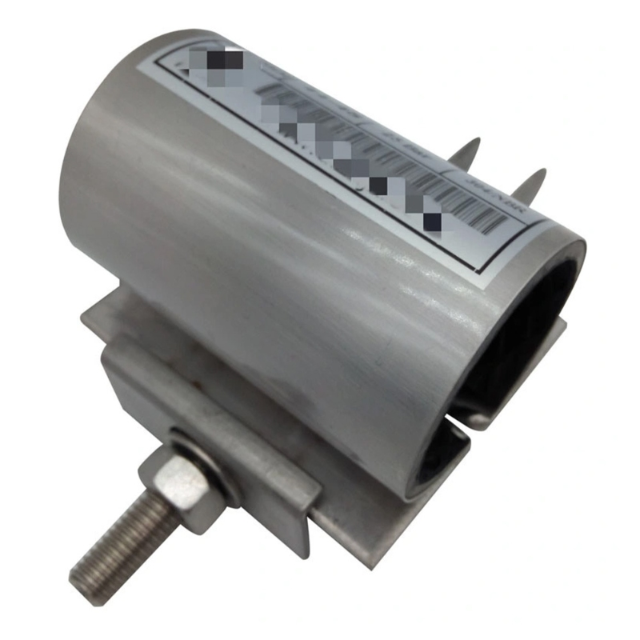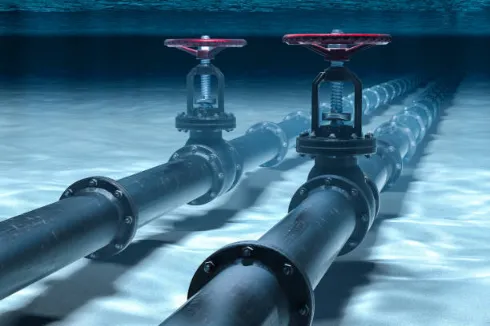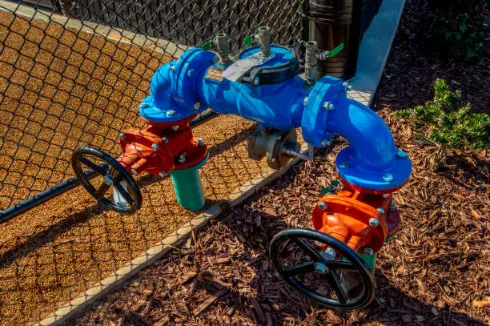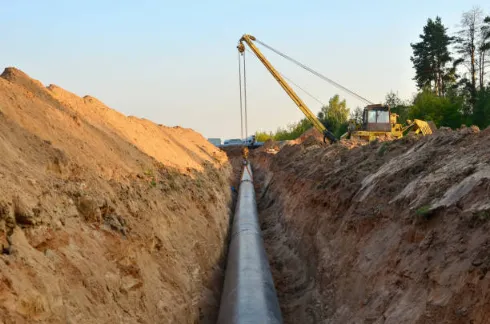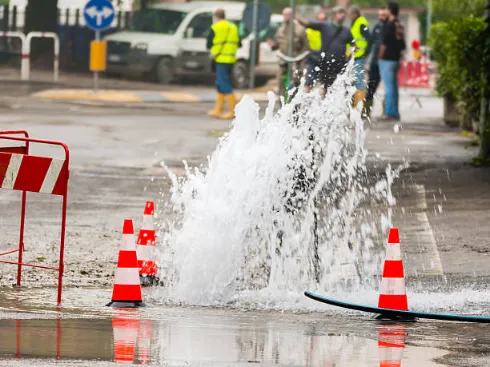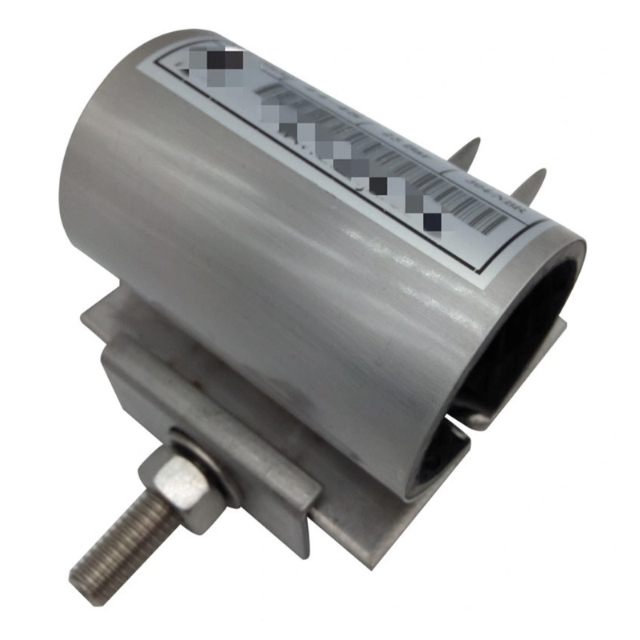
Pipelines are not built to last forever. Over time, they rust, they crack, and sometimes they break without warning. When that happens, you need a repair that is quick and safe. Repair clamps are one of the easiest tools for this job. They let you fix leaks without shutting down the whole system, which is a huge relief when time is short. Two of the most common types are the semi circle repair clamp and the full circle repair clamp.
What Is a Repair Clamp and Why Does It Matter?
A repair clamp is a device that covers and seals a broken part of a pipe. The good thing is that it works even if the line is still under pressure. This saves you from turning off the whole supply. The body is usually made from ductile iron or stainless steel. The gasket is NBR rubber, which holds tight against leaks. Bolts, nuts, and washers are made from galvanized steel so they can resist rust and last longer.
What Problems Do Repair Clamps Solve?
Repair clamps are used in many emergencies. Imagine a water pipe bursting in a busy street. Instead of closing the whole line for hours, a clamp can seal it in minutes. In sewage systems, a clamp prevents dirty water from spilling into the environment. For gas lines, being able to repair under pressure means less danger and less cost. In factories, production can keep moving because the repair is done fast without replacing long sections of pipe.
What Is a Semi Circle Repair Clamp?
A semi circle clamp only covers half the pipe. It is meant for smaller cracks or leaks that don’t run all the way around. Because of its size, it’s lighter and easier to place. This is very helpful when you work in a narrow spot, like a trench or basement, where space is tight.
Where Should You Use Semi Circle Clamps?
Semi circle clamps are best when the damage is limited to one side. For example, if there is a small hole or a crack on one wall of the pipe, a semi circle clamp is enough. They are cheaper than full circle clamps, so they are good for simple jobs. In sewage networks, if corrosion is just on one side, a semi circle clamp provides a quick and clean solution. They can also be used before bigger damage happens, as a way to strengthen weak areas in advance.
What Is a Full Circle Repair Clamp?
A full circle repair clamp covers the entire pipe all the way around. This design gives stronger support and a tighter seal, because pressure is spread equally. A full circle clamp is the safer choice when the pipe has wide cracks, circumferential damage, or a complete break.
When Should You Choose a Full Circle Clamp?
If a water main bursts and water is shooting out, a full circle clamp is the right pick. It holds under both low and high pressure, making it reliable for city water supply and industrial plants. Full circle clamps are also WRAS approved, so they can be used safely with drinking water. In industries like food or chemical production, downtime costs money every minute. A full circle clamp allows you to get the line running quickly and securely.
Semi vs Full Circle Repair Clamps: Which Fits Your Needs Better?
When you compare the two, think about the kind of damage, the working pressure, and your budget. Semi circle clamps are faster to install and less expensive. Full circle clamps are heavier and take more time, but they give a stronger seal.
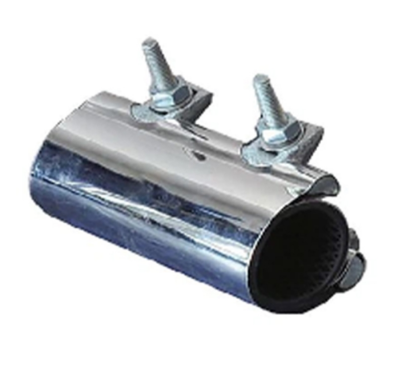
What About Materials and Durability?
Both types rely on their build quality. Ductile iron is a popular material for the clamp body. It has more strength and flexibility than regular cast iron. Cast iron tends to snap under heavy stress, but ductile iron bends a bit instead of breaking. The rubber gasket works between -10°C and +70°C, covering normal water and gas conditions. Bolts made from galvanized steel resist rust, which keeps the clamp working longer.
How Do Repair Clamps Help Extend Pipeline Lifespan?
Pipes face a lot of pressure every day. Soil moves, vehicles add load, water causes corrosion, and pressure keeps changing. Repair clamps add a second layer of strength. They don’t just stop a leak; they slow down further damage. Ductile iron’s toughness helps the clamp resist shocks and daily stress.
Are Repair Clamps a Permanent or Temporary Fix?
This question comes up a lot. In many city water projects, clamps are used as long-term fixes because changing whole sections is too expensive. In smaller systems, they can be used as a stop-gap until new pipes are installed. It depends on pipe material and age. For newer pipes with small issues, clamps can last years. For older systems where corrosion is everywhere, clamps only buy time until full replacement.
How Do Semi and Full Circle Clamps Support Emergency Response?
Emergencies don’t wait. A gas leak at midnight in a neighborhood, or a broken water line during peak hours, both need fast fixes. Repair clamps make this possible without shutting down the entire system. Semi circle clamps are easier to carry and install when space is narrow. Full circle clamps, while heavier, give peace of mind when the risk is big.
Can Clamps Work Across Different Fluids?
Yes, they can. Repair clamps work on water, sewage, recycled water, gas, and some industrial liquids. The important part is the gasket. NBR rubber is used often because it resists oil and gas while staying flexible. For potable water, WRAS approval makes sure the clamp is safe. This wide use makes clamps handy tools for all kinds of maintenance teams.
Conflex Joints has years of skill in flexible pipeline products, dismantling joints, and repair solutions. What makes them different is how they support projects from start to finish. They don’t just sell; they also give advice so you avoid mistakes that cost money. On their about page, you can see their focus on standards and testing. Their project cases show how their products are used in water networks, fire systems, and industry plants. And if you reach out through their contact page, you’ll often get simple but useful help, which can save a lot of stress.
FAQ
Q1: Are repair clamps safe for potable water pipelines?
A: Yes, full circle clamps are WRAS approved, so they are safe for drinking water lines.
Q2: Can semi circle clamps handle high pressure?
A: They are fine for moderate pressure, but for PN16 or above, full circle clamps are more secure.
Q3: What materials are most common in repair clamps?
A: Ductile iron for the body, NBR rubber for gaskets, and galvanized steel for bolts and nuts.
Q4: Do repair clamps stop corrosion from spreading?
A: They contain leaks and add strength to weak spots, but if corrosion is all over, new pipes may be needed.
Q5: How long can a repair clamp last?
A: With the right conditions and good installation, a repair clamp can last many years, and sometimes it is used as a permanent fix.


